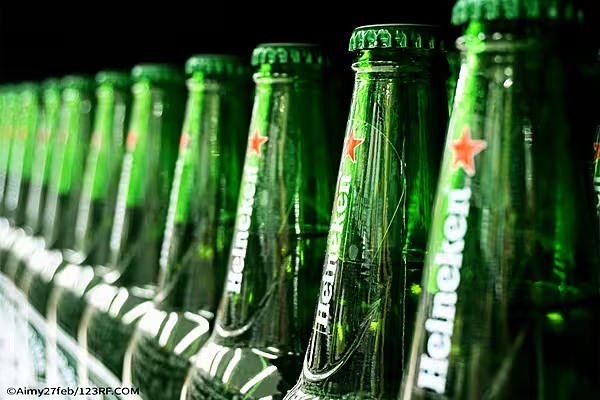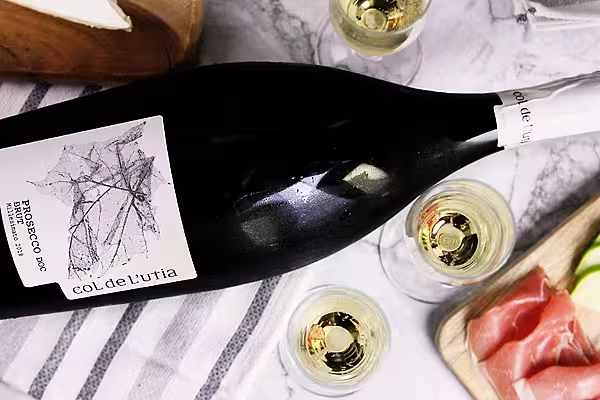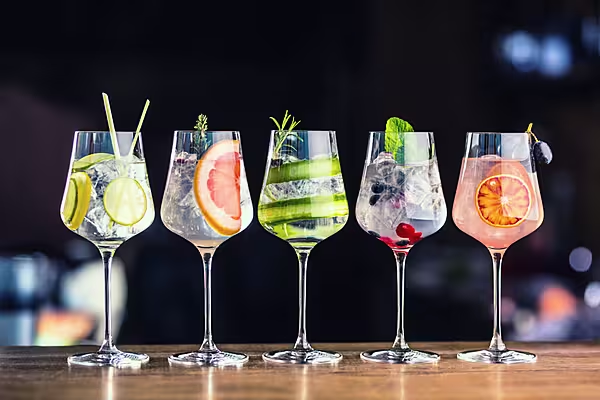In a new online only series, ESM senior reporter Ben Webb takes a sideways look at some of the issues affecting the retail and FMCG industries. In this week's edition, he examines how beer manufacturers are increasingly seeking to engage the female demographic.
The UK may be the home of ales, bitters and other crafty brews but the industry has long been considered a largely male interest, with only limited forays into the female market.
That could be set to change, according to a new report.
The Gender Pint Gap
Close to a third (32%) of women say they often drink beer at home with friends, according to the Gender Pint Gap study, which was conducted by YouGov and commissioned by Dea Latis, a group set up to inform and educate women about beer.
So why is the beer industry not tapping this immense beer-drinking potential? In this era of growing equality, and a digital marketing space that is able to target specific messages at precise demographics, it makes little sense to be so one-eyed and unimaginative.
Some beer adverts do star women, but these are usually portrayed as 'babes', located at beach bars or cool nightclubs, whose roles are secondary to that of the male protagonists.
According to the Dea Latis report, only 17% of women drink beer at least once a week, compared to 53% of men, and male-dominated advertising is seen as a major 'barrier' to the bar market by 27% of women. This rises to almost half (48%) of women in the 18-24 age bracket.
A New Approach
Updating the beer story should be easy. Beer products are becoming more varied; so why not the advertising?
“We know that the beer category has seen massive progress in the last decade – you only need to look at the wide variety of styles and flavours which weren’t available widely in the UK ten years ago,” says Annabel Smith, a beer sommelier and director of Dea Latis.
“Yet it appears the female consumer either hasn’t come on the same journey, or the beer industry just isn’t addressing their female audience adequately.”
In the US, the story is somewhat different. Beer marketers are targeting female drinkers – including those with a healthy lifestyle – with brands like Coors and Michelob Ultra putting ads in new and unexpected magazines such as People, Shape, Women's Health and Runner's World.
And it seems to be working. Michelob Ultra grew its female customer base by 10 per cent between 2014 and 2016, according to the company.
Making An Effort
Some UK companies have made a start. Brewdog created a quirky campaign that not only targeted women but went further and tackled the issue of gender pay inequality and sexist marketing.
Pink IPA – a “new beer for girls” was launched with lurid pink packaging. It is identical to its blue-branded Punk IPA but sold 20% cheaper to women – highlighting the fact that many women earn less than their male counterparts for the same thing; a hot topic in the UK at present.
But in general, beer advertising could be seriously refreshed. The opportunities are obvious. According to the Dea Latis report, a significant 71% of female respondents in the 35-44 year old age bracket cited 'taste' as the reason they like beer.
So why aren't they drinking more? Clear, concise information about flavour profiles would encourage sampling. It's basic stuff.
Also, to counter fears of the potential 'beer belly effect', a message of quality over quantity should be encouraged.
The 17% of women who feel there is a stigma about drinking pints of cheap beer may be tempted by smaller bottles of a premium tipple rather than pints of cheap lager.
Change is underway but too slow, the report concludes. “Overtly masculine advertising and promotion of beer has been largely absent from media channels for a number of years – the brewers get it: why promote your product to only half the population?," it says.
“But there is a lot of history to unravel. Women still perceive beer branding is targeted at men. Factor in the many misconceptions which women still hold about beer, such as calorific content, self-image and pre-conceptions about taste, there is much more the industry as a whole could do to engage and entice female engagement.”
That reminds me, whose round is it?
© 2018 European Supermarket Magazine – your source for the latest retail news. Article by Ben Webb. Click subscribe to sign up to ESM: European Supermarket Magazine.














